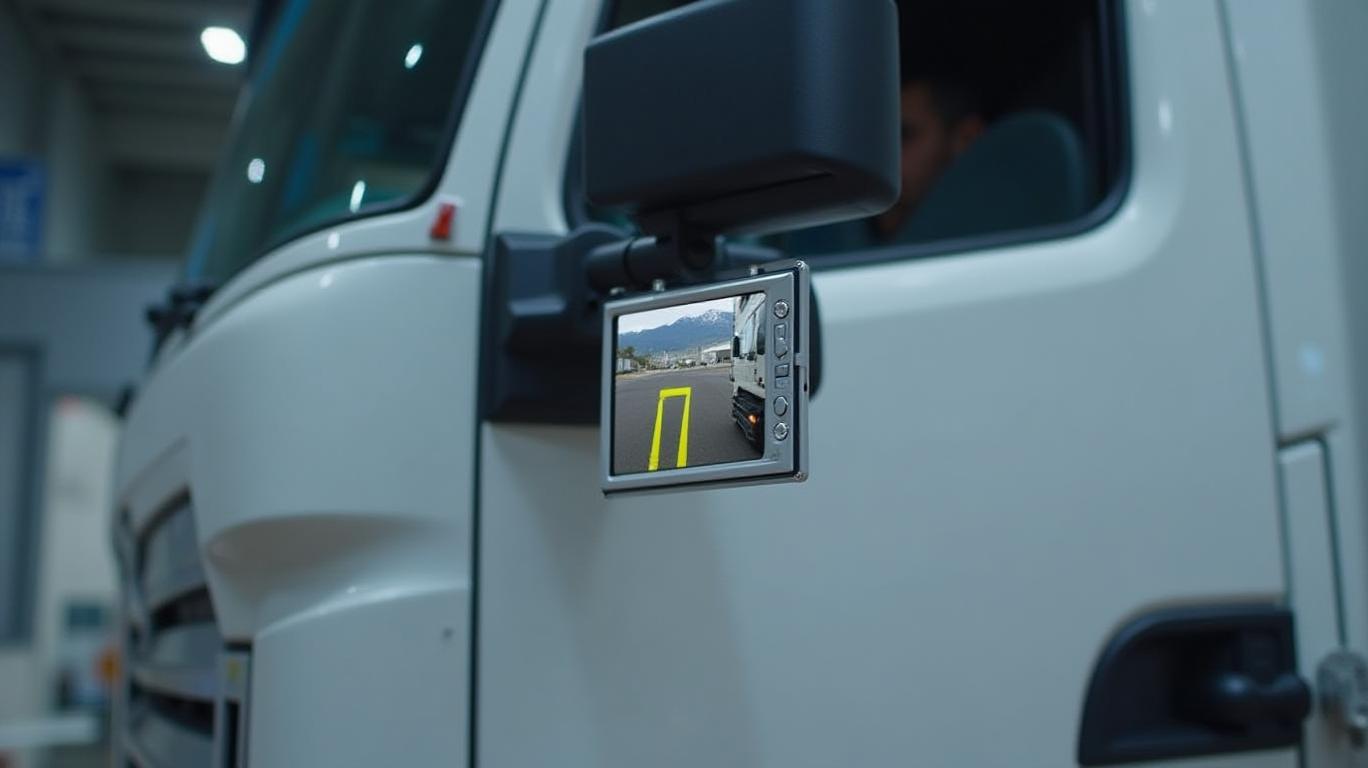Stoneridge, Inc.'s Q1 2025 Results: Navigating Challenges with Operational Discipline

Stoneridge, Inc. (NYSE: SRI) reported its first-quarter 2025 results, revealing a company navigating a challenging automotive sector with a mix of operational resilience and strategic focus. While sales declined year-on-year, margin improvements and cost discipline underscored management’s ability to adapt to macroeconomic headwinds. This analysis explores the key takeaways for investors.
Financial Performance: Margin Gains Amid Revenue Headwinds
Stoneridge’s Q1 sales of $217.9 million marked an 8.8% year-over-year decline, reflecting reduced production volumes in commercial vehicles and off-highway markets. The net loss widened to $7.2 million ($0.26 per share) versus a $6.1 million loss in Q1 2024. However, adjusted metrics painted a brighter picture:
- Gross profit margin rose to 21.2% of sales, with adjusted margins hitting 21.9%, a 210-basis-point sequential improvement driven by lower material costs and quality-related expenses.
- Adjusted operating margins narrowed to -0.2%, a significant sequential improvement from -1.9% in Q4 2024, while adjusted EBITDA increased to $7.6 million (3.5% of sales).
The most striking progress came in free cash flow, which reached $4.9 million, a $1.5 million year-over-year improvement due to better working capital management.
Segment Analysis: Strengths and Weaknesses Across Divisions
Stoneridge’s three segments revealed divergent trends:
- Electronics Segment:
- Sales fell 6% sequentially to $140.5 million but saw record sales for its MirrorEye camera-monitor systems (up 24% year-on-year) and SMART 2 tachographs, benefiting from strong global bus demand.
Adjusted operating margin improved to 4.9%, up 130 basis points sequentially, as quality costs declined.
Control Devices Segment:
- Sales rose 10.6% sequentially to $63.0 million, driven by North American passenger vehicle production.
Margin surged to 2.2%, a 470-basis-point sequential improvement, thanks to volume efficiencies and cost controls.
Stoneridge Brazil:
- Sales jumped 15.9% sequentially to $14.4 million, with 60%+ growth in OEM sales.
- Operating margin expanded 320 basis points year-over-year to 4.9%, reflecting cost discipline and higher volumes.
Strategic Initiatives and Risks
- Tariff Mitigation: 91% of U.S.-bound sales from its Mexico facility are now USMCA-certified, avoiding tariffs. Management is negotiating price adjustments with customers to offset remaining risks.
- Cost Optimization: Structural cost reductions, including a $2.5 million sequential improvement in quality expenses, and material cost savings contributed to margin expansion.
- Product Momentum: Growth in advanced safety systems like MirrorEye highlights Stoneridge’s shift toward high-margin technologies.
However, risks loom large:
- Sector Volatility: Global vehicle production cuts and supply chain disruptions (e.g., semiconductor shortages) could dampen sales.
- Debt Levels: Net debt stands at $203.2 million, with a leverage ratio of 3.97x EBITDA—above the targeted 2.0–2.5x by year-end.
- Shareholder Concerns: The stock trades near its 52-week low of $3.54, reflecting investor skepticism about profitability.
Guidance and Market Context
Management reaffirmed full-year 2025 guidance:
- Sales: $860–890 million (flat to slightly down from 2024).
- Adjusted EBITDA: $38–42 million (3.5–4.7% margin).
- Free Cash Flow: $25–30 million, supported by inventory management and disciplined capex.
CEO Jim Zizelman emphasized margin improvements as proof of operational discipline, while CFO Matt Horvath stressed confidence in hitting targets despite macroeconomic uncertainty.
Conclusion: A Fragile Path to Profitability
Stoneridge’s Q1 results highlight a company making progress but facing significant headwinds. The 210-basis-point sequential improvement in adjusted gross margins and $4.9 million free cash flow demonstrate management’s focus on cost control and operational efficiency. Strategic moves like USMCA certification and product innovation (e.g., MirrorEye’s 24% sales growth) provide growth anchors.
However, risks remain acute. The stock’s depressed valuation ($3.94 at April 30, near its 52-week low) reflects skepticism about sustained profitability. With debt at 3.97x EBITDA and sector volatility persisting,
must execute flawlessly to reduce leverage and stabilize margins.Investors should weigh the positives—$79.1 million in cash, strong free cash flow generation, and margin expansion—against macro risks and weak equity performance. While Stoneridge’s operational improvements are encouraging, recovery to profitability hinges on stabilizing sales volumes and further cost reductions. For now, the company remains a high-risk, high-reward bet for investors willing to tolerate sector volatility.
Data sources: Stoneridge, Inc. Q1 2025 earnings release, SEC filings, and management commentary.

Comments
No comments yet